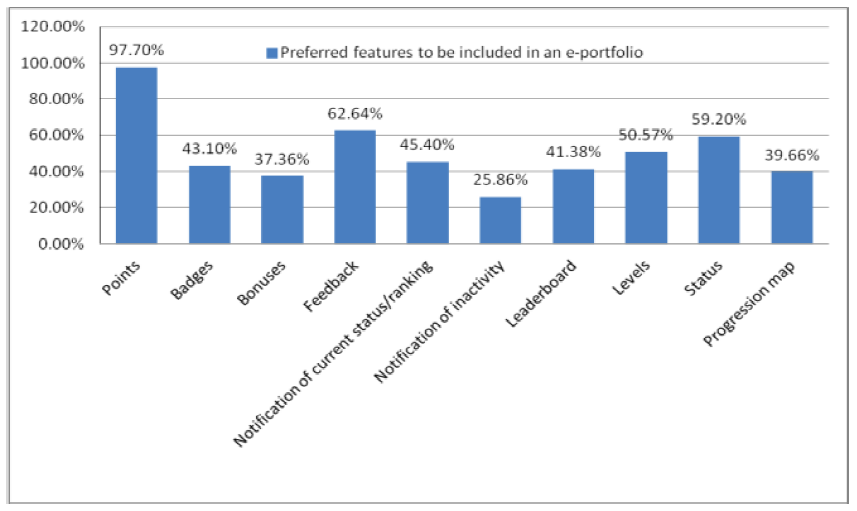There was a very interesting paper presented today at the eLEOT conference in Dublin by Monisa Abdul Wahab, co-authored with Mike Joy, of Warwick University .
The topic was whether student engagement and motivation in the use of e-portfolios could be raised by introducing aspects of gaming. The widespread use of Mahara at BU made this very pertinent.
The authors makes the valid point that ‘The e-portfolio is an emerging technology solution for assessing student achievement and showcasing learning evidence that gives significant benefits to the students and educators. However, e-portfolios suffer from user engagement issues. To engage users in the application is a challenging task for many education institutions and there is still no specific solution which has been identified to solve the problems. Continuous user engagement is important to ensure the success of the e-portfolio implementation.’
Gaming is a popular activity from which to draw inspiration. Another of today’s presenters estimated the number of gaming hours played in the US each week to be 3 billion. Games evidently contain elements that keep players coming back for more!
Gamification is defined as ‘the use of game mechanics and game design techniques, such as the awarding of points, rewards or other incentives, in non-game contexts, in order to change behaviour’.
The authors conducted research on 174 Malaysian students, aged 17-26, to identify the aspects from the gaming sphere they would like to see used in an e-portfolio context to increase their use. The gaming elements the students most wanted to see in an e-portfolio are shown in Figure 1.
 Figure 1. Preferred gaming features of an e-portfolio
Figure 1. Preferred gaming features of an e-portfolio
From Figure 1, it can be seen that the most popular factor was points, followed by feedback, status/ranking and levels.
Commenting on the results, the authors conclude that ‘Many students like receiving points because it shows their level of achievement and motivates them to collect more. It would be more motivating if the points can be changed to a voucher or coupon or to something beneficial to the students like extra marks.’
We make use of Mahara in many areas of learning and assessment at BU. For most students, the marks attached to completing a Mahara portfolio may provide sufficient motivation and incentive to engage with the application. That said, does this research offer tutors who use Mahara other options to further develop engagement and/or motivation?








